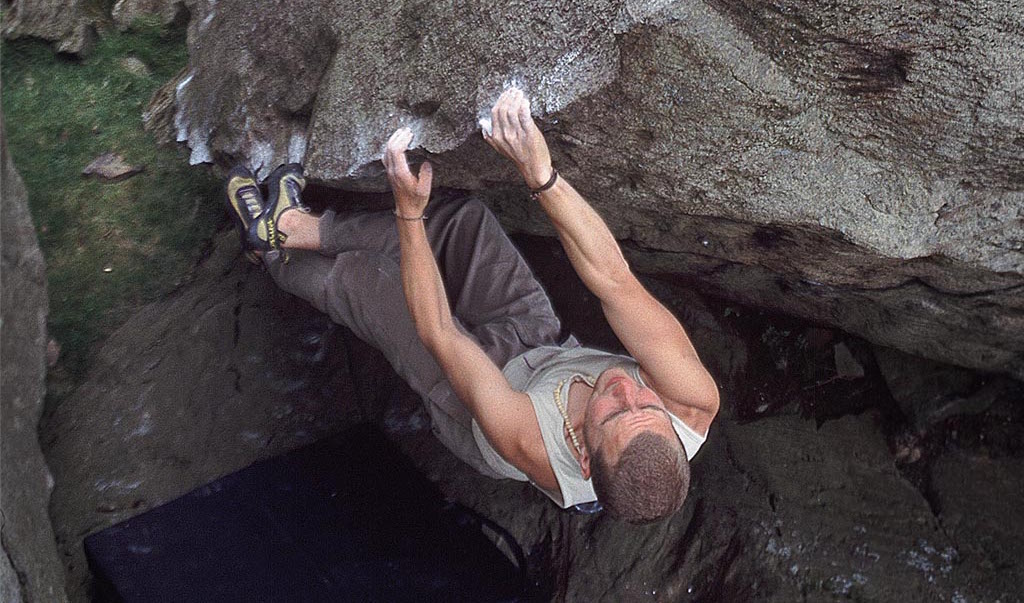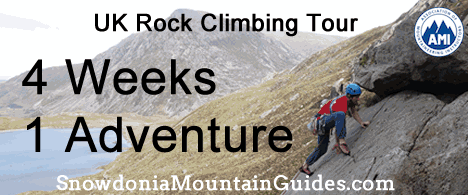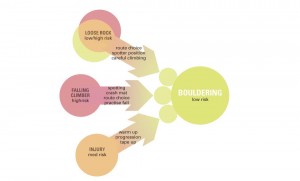
Bouldering is considered by many a low risk part of climbing. However pushing yourself on highly challenging problems makes the likelihood of a tumble far greater than any other form of climbing. It could be argued that if you are not falling you aren’t trying, falling off is part and parcel of bouldering. Whilst close to the ground the injuries, although rarely life threatening, can be debilitating. A badly twisted ankle will end a day’s climbing and may even lay you up for weeks. Simple things will make your session a lot safer, using a bouldering mat(s), good spotting and learning to fall.
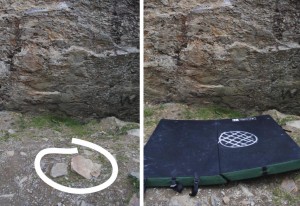
With the growing number of people owning bouldering mats it is often possible to stack multiple mats to make the landing safer. Stacking mats, can lead to hidden pitfalls; be aware of joins in the mats, which can potentially twist ankles. It is possible to double over a bouldering mat to give maximum cushioning, however the edge of the mat is another hazard if you land half-on half-off.
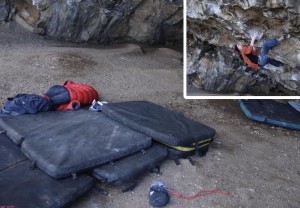
Good spotting takes awareness and experience. Having your hands in you pockets, talking to your mate, is not good spotting. Just like belaying it requires your full attention, as well as some thought as to where to position yourself. A good spot will give the climber the confidence to succeed, because they will be more likely to push themselves.
Good spotting comes down to aiding the smooth landing of a falling climber, as often trying to catch them is futile. Slowing down a falling climber reduces the force of impact and gives them an extra fraction of a second to adjust their landing. In more extreme falls, simply catching a climbers armpits will help them to land feet first allowing their natural shock absorbers, the legs, to absorb the impact.
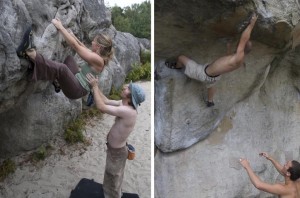
The human body is far better at absorbing an impact if the body is travelling forward or straight down. If moving backwards our legs struggle to keep us on our feet. So simply directing a falling climber so they fall forward can help them to help themselves. By accepting the inevitable when you’re about to fall and trying to spin round and fall forwards, can ensure the safest of landings for you as well.
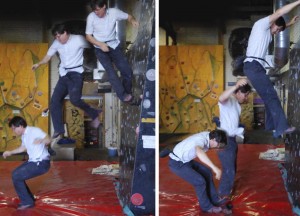
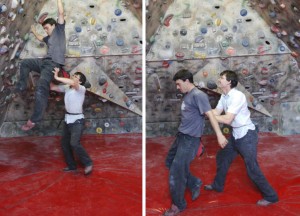
A fall from a highball boulder problem is hard to spot, often all you can do is aid the climber to land on their feet moving slightly forwards and direct them to a bouldering mat. In extreme cases when the climber is falling backwards from height, trying to catch their bottom and make a football throw back towards the wall, helps slow the fall and help the climber land moving forwards.
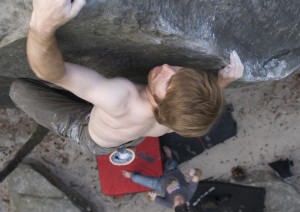
Bouldering Safety Summary
- Be vigilant when you climb, can you help yourself land properly.
- Be vigilant when you are spotting.
- Use ample pads.
- Try to land forwards not backwards.
